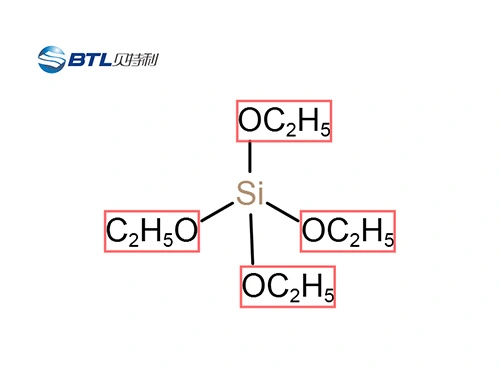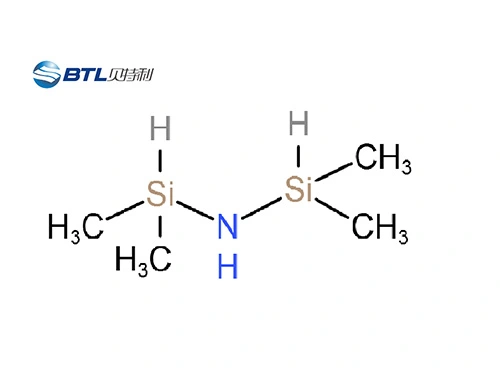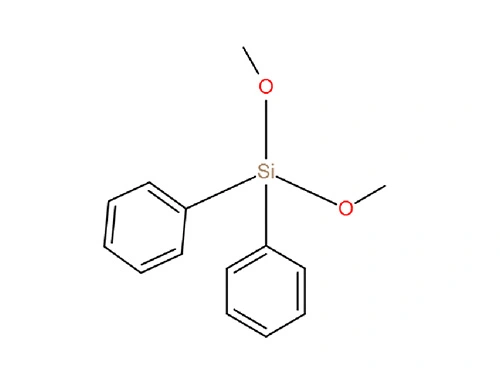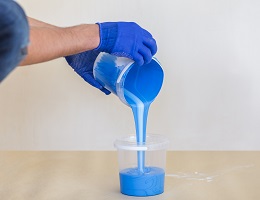
You might think all rubber is the same, but that’s not the case. Silicone rubber is a specialized material with unique properties that make it indispensable across various industries. Whether you need high-temperature resistance, flexibility, or biocompatibility, silicone rubber is a reliable choice.
In this article, Betely explains why silicone rubber is a superior material and the key difference between silicone and silicone rubber. Additionally, we’ll explore various liquid silicone rubber applications and how to choose between liquid silicone rubber (LSR) and solid silicone rubber (SSR).
Understanding the Difference Between Silicone and Silicone Rubber
The difference between silicone and silicone rubber lies in their composition, structure, and applications. Silicone rubber is a specialized elastomer derived from silicone, a polymer composed of silicon, oxygen, carbon, and hydrogen. While silicone exists in various forms, including fluids, gels, and resins, silicone rubber is a vulcanized material that offers superior flexibility, durability, and heat resistance.
One major difference between silicone and silicone rubber is that silicone is often used in lubricants, adhesives, and coatings, while silicone rubber is a solid or semi-solid material designed for high-performance applications. The difference between silicone and silicone rubber also extends to their physical properties — silicone rubber is a more robust and elastic material.
Another critical difference between silicone and silicone rubber is their temperature resistance. Silicone can withstand moderate heat, but silicone rubber is a high-temperature-resistant material, capable of enduring extreme conditions without degrading. Additionally, the difference between silicone and silicone rubber is evident in their curing process. While silicone remains in its original state, silicone rubber is a material that undergoes vulcanization to enhance its mechanical properties.
Differences Between Liquid Silicone Rubber and Solid Silicone Rubber
Liquid Silicone Rubber (LSR)
Liquid silicone rubber is a fluid that can be injection moulded precisely. It consists of two components combined just before injection into the mould. LSR is highly transparent, odourless, and food-safe. It cures without needing vulcanizing agents or fillers and has excellent properties such as high-temperature resistance, low compression set, good elasticity, and biocompatibility. Betely provides a self-adhesive LSR for TPU that can adhere to thermoplastic polyurethane without needing a primer or surface treatment. This product is suitable for protective cases, keypads, and seals, showcasing some of the versatile liquid silicone rubber uses.
Solid Silicone Rubber (SSR)
Solid silicone rubber is an impermeable solid material. It contains polymers with relatively long polymer chains and a high molecular weight. It is uncured and must be processed using conventional methods, such as extrusion, compression, or transfer moulding. SSR can be filled with additives such as colourants, flame retardants, conductive agents, and reinforcing agents to improve its properties. It has excellent mechanical strength, abrasion resistance, weather resistance, and insulation properties. Betely offers an SSR SH-8660 that is flame retardant and resistant to high temperatures and heat (250°C/72H).
The primary distinctions between liquid silicone rubber and solid silicone rubber are their states and processing methods. LSR is better suited to complex shapes, thin walls, and close tolerances. SSR is better suited for large components with thick sections and simple geometries. LSR has a lower viscosity and a quicker curing time than SSR, but it is more expensive and has a lower tear strength.
Silicone rubber, available in both liquid and solid forms, is an elastomer known for its exceptional properties, including high-temperature resistance, low compression, high elasticity, and biocompatibility. The choice between liquid silicone rubber and solid silicone rubber depends on the specific requirements of the application.
Liquid Silicone Rubber Applications
Liquid silicone rubber (LSR) uses are increasingly prevalent across various industries, showcasing its versatility and biocompatibility. The wide range of liquid silicone rubber uses across different sectors underscores its essential role in innovative product design and manufacturing. A good liquid silicone rubber supplier should provide options for custom formulations and specifications to meet specific application needs.
One of the most notable liquid silicone rubber uses is in the medical field, where LSR is employed to create biocompatible devices. These liquid silicone rubber applications ensure safety and hygiene in medical implants and surgical tools. Liquid silicone rubber uses extend to the automotive sector, where it is essential for making seals and gaskets. Liquid silicone rubber applications in this field contribute to enhanced durability and resistance to extreme temperatures and chemicals. In everyday items, liquid silicone rubber uses can be found in kitchenware, including baking molds and spatulas. These liquid silicone rubber applications make cooking and baking more efficient and enjoyable.
Solid Silicone Rubber Applications
Solid silicone rubber (SSR) provides reliable solutions across diverse sectors, demonstrating its durability and versatility. Solid silicone rubber’s ability to maintain performance across various conditions highlights its significance in modern manufacturing and technology.
Solid silicone rubber is commonly used to create durable gaskets and seals in automotive and industrial applications. SSR is utilized in electrical components for insulation purposes, protecting against moisture and enhancing safety in various devices. Used in medical applications, SSR provides reliable and safe components for devices that require durability and biocompatibility.
Contact Beterly, a company specializing in researching and developing electronic button chemical materials, new organic silicon chemical materials, electronic chemical polymer materials, energy-saving and eco-friendly chemical materials, etc., in learning more about silicone rubber. We can provide customized, high-quality solutions for self-adhesive liquid silicone rubber, solid silicone rubber, and other silicone rubber types. Contact us immediately for more information about our products and services.





